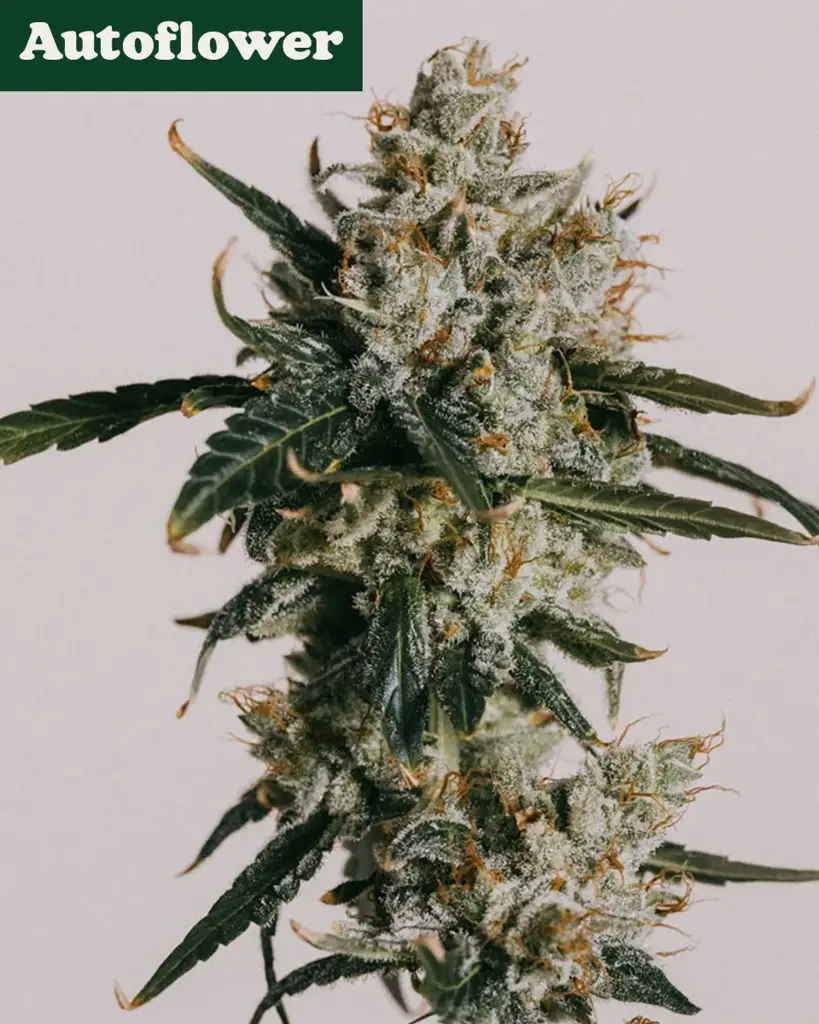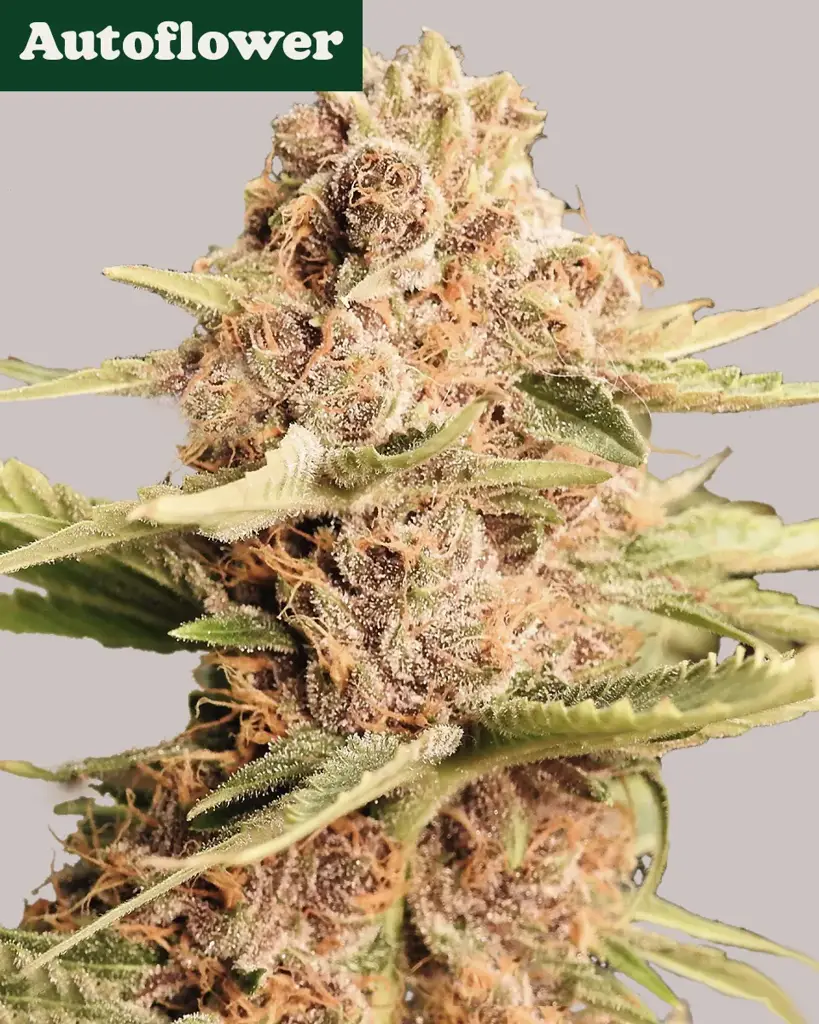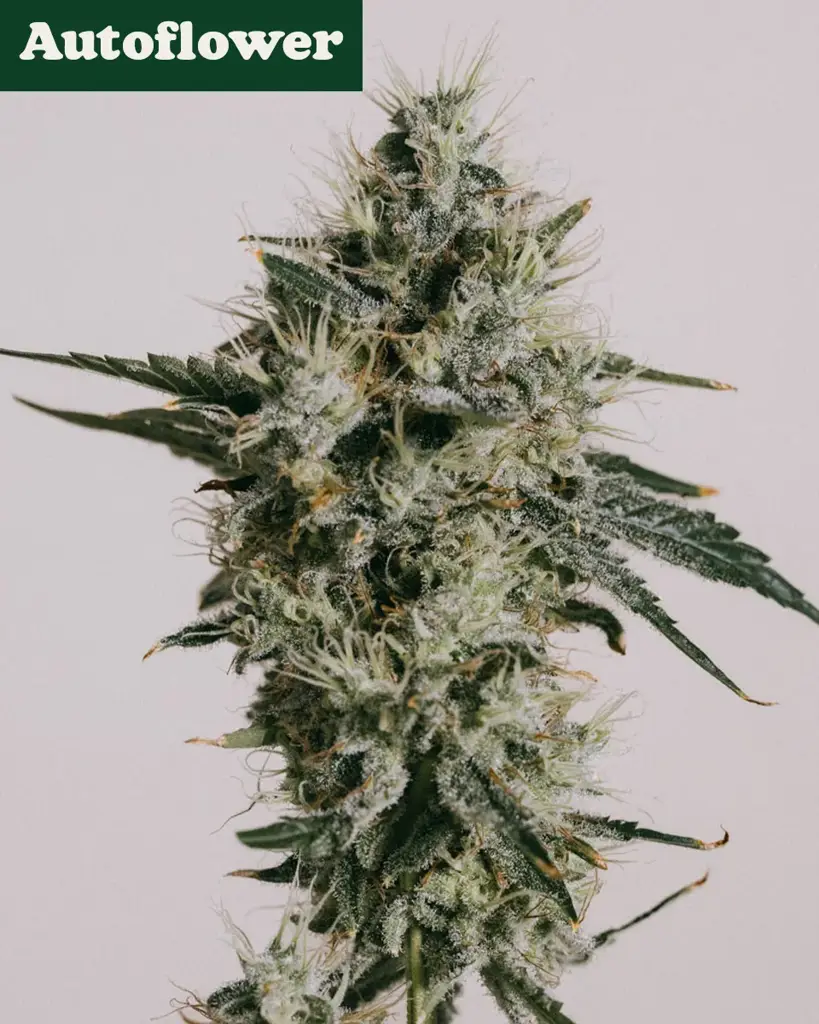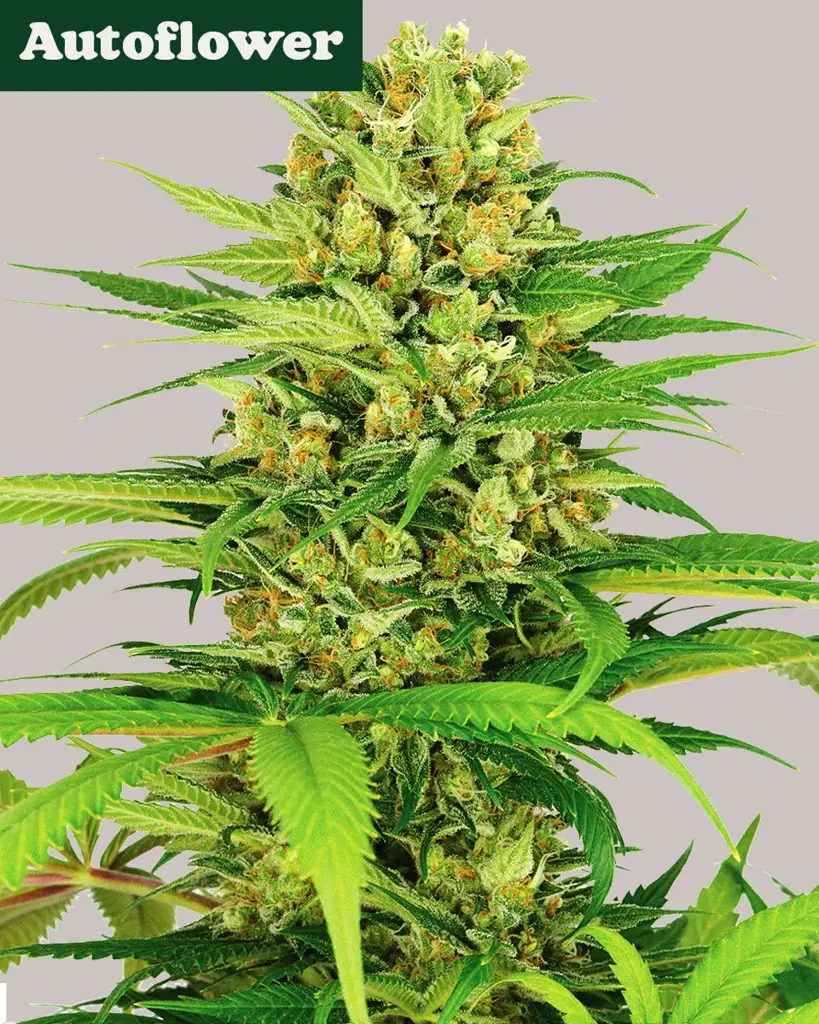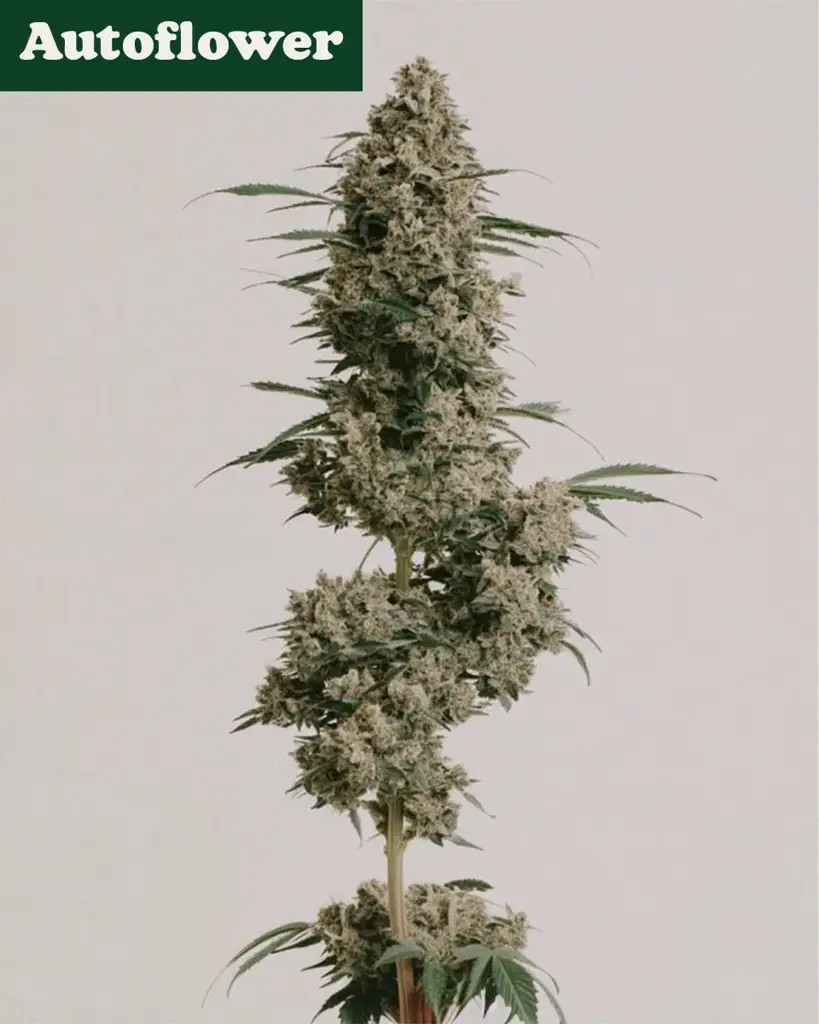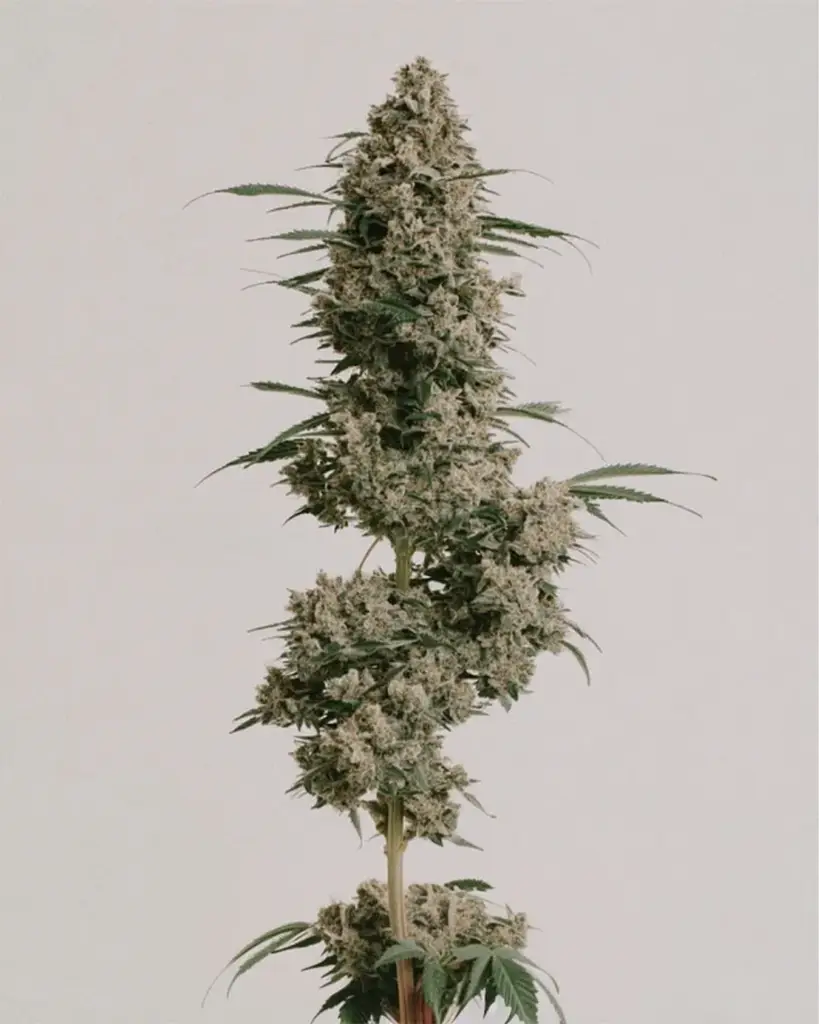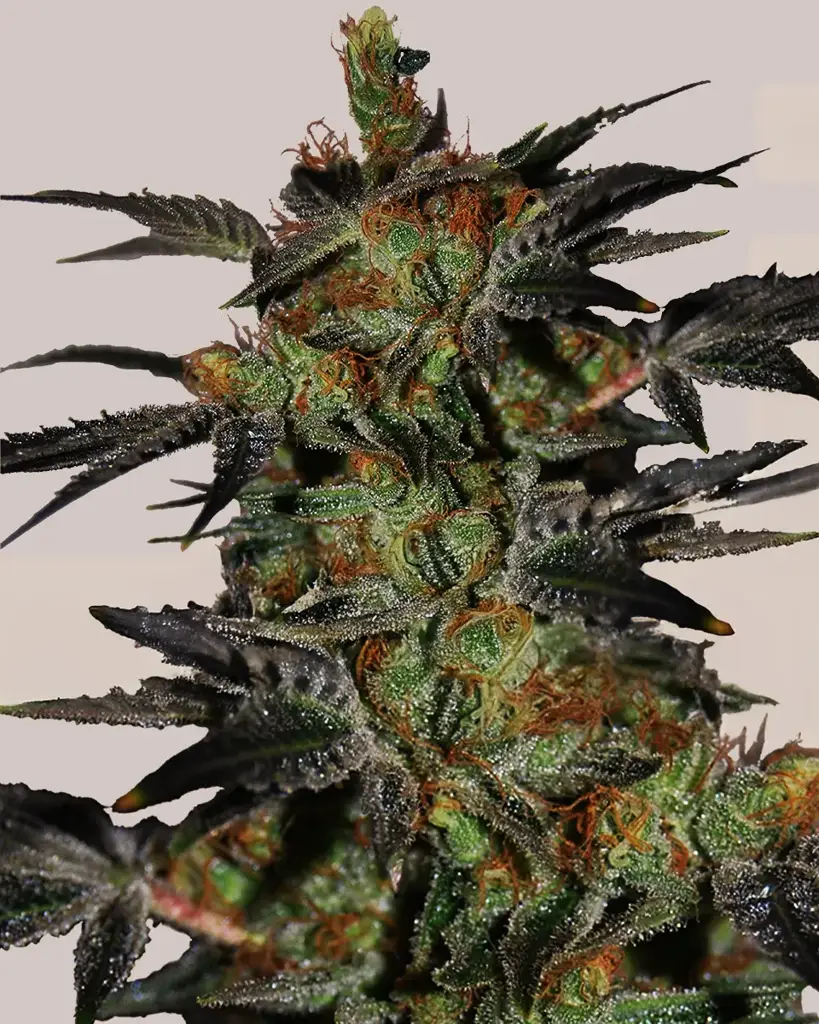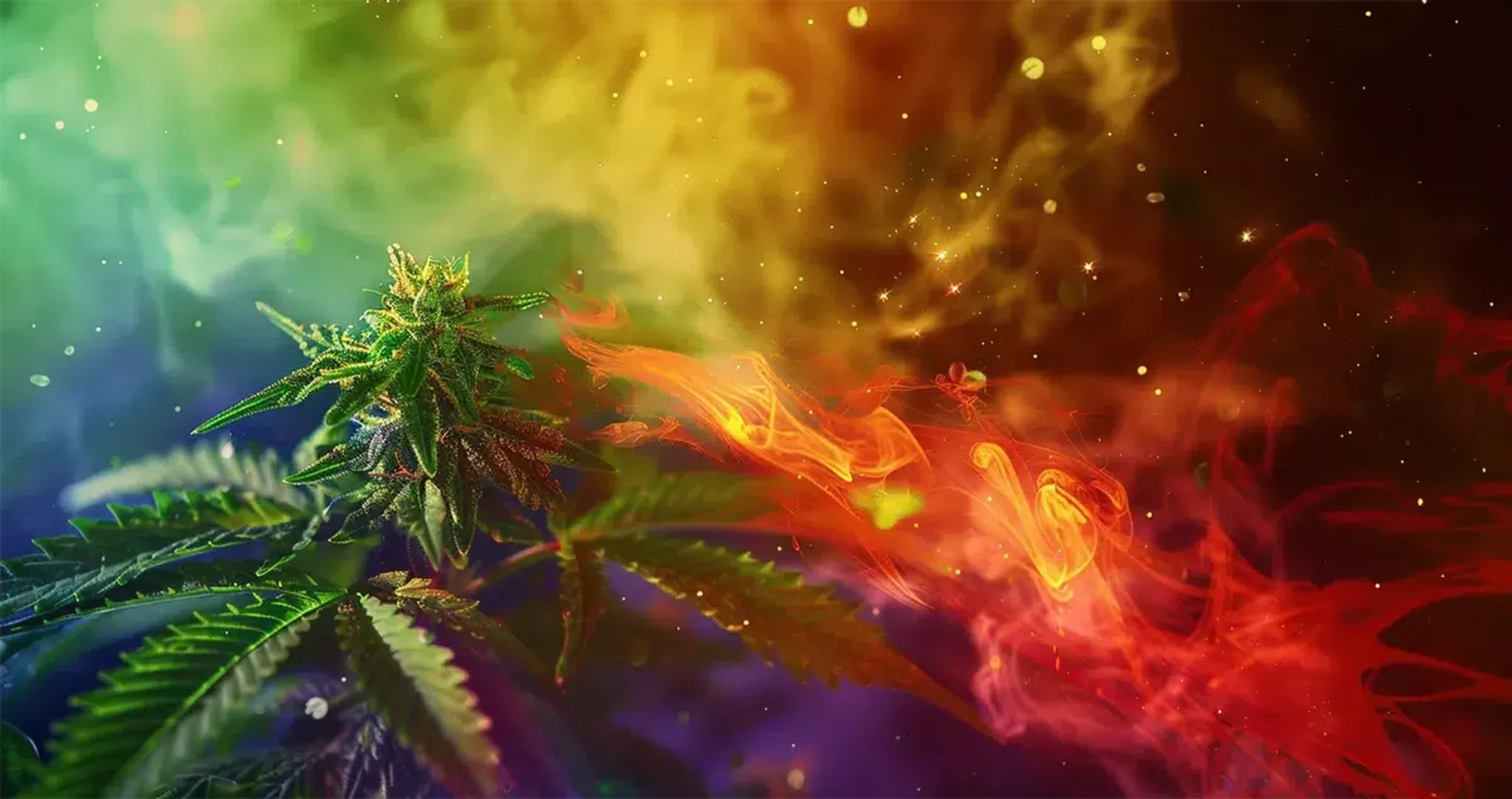Table of contents
Too Long, Didn't Read
Autoflowering Seeds: Quick-growing, easier for beginners, compact plants, but lower yields and less potent.
Feminized Seeds: Guaranteed female plants for higher yields than autoflower, great for indoor and outdoor grows, but require a change in the light cycle to go into flowering.
Regular Seeds: Natural and genetically strong, ideal for breeders, but need male plants removed if you’re only growing for flowers (without seeds).
Choosing the Right Seed:
Beginners: Go for autoflowering.
Experienced: Feminized for yield, regular for breeding.
Our Bestsellers
Why Choosing the Right Seed Type Matters
Choosing the right seed for you is more than just picking a banger strain that will make your pot-head friends jealous. The seed type you ultimately choose sets the foundation for your entire grow, affecting the time, effort, and conditions required to cultivate healthy plants. Different seed types not only grow differently but also produce distinct results in terms of yield, growth cycle, and plant structure.
Knowledge is power, and knowing the unique characteristics of each seed type, from hybrid seeds to heirloom varieties, empowers you to make informed decisions that maximize your grow’s success.
Types of Cannabis Seeds
Not all seeds are created equal, so choose wisely. Cannabis seeds are generally categorized into several main types: autoflowering, feminized, and regular seeds. Let's take a look at what sets them apart from each other.
Regular Seeds
Regular seeds are rather self-explanatory. They are the natural form of cannabis seeds produced through traditional cannabis reproduction. This means they grow into either male or female plants with no genetic modifications. Regular seeds are often prized among breeders and advanced growers who seek genetic stability and are interested in breeding or cloning.
Advantages of Regular Seeds
Genetic strength: Regular seeds are considered to have stronger genetic vigor, which makes them ideal for cloning and stable breeding.
Natural growth cycle: These seeds offer a traditional approach to cannabis growing, allowing for both male and female plants.
Versatile for breeding: Regular seeds are essential for those who want to cross-breed plants to create new hybrids or heirloom strains.
Disadvantages of Regular Seeds
Unknown gender ratio: With regular seeds, you’ll need to keep a close eye on your plants and eliminate the males to prevent pollination. Spotting the difference takes a bit of practice, but this step can save your crops from developing seeds. (which is great if you’re planning to grow them out and breed with them, but not so much for smoking them)
Changing the light cycle to start the flowering stage: Unlike autoflowers, regular (also known as “Photoperiod”) cannabis plants will only start to flower once you dial back the number of light hours they receive from at least 18 hours to a max of 12 hours. This simulates the days shortening come the winter months.
Autoflowering Seeds
Maybe you're more of a “let it do its thing” type of grower, in which case autoflowers would be more suited to you. Autoflowering seeds produce plants that begin flowering automatically after a few weeks, regardless of how many light hours they receive. These seeds contain genetics from Cannabis ruderalis, a hardy variety native to colder regions, which enables them to flower without requiring specific light conditions. Because of this, autoflowers are popular among new growers for their ease of cultivation and faster growth cycles.
Advantages of Autoflowering Seeds
Quick harvest cycle: Autoflower plants typically go from seed to harvest in about 7–12 weeks, making them ideal for (impatient) growers looking for a shorter growing period.
Compact size: These plants are usually smaller, which makes them suitable for limited spaces or discreet outdoor growing.
No dependency on light schedules: as the name suggests, Autoflowers flower automatically, requiring less monitoring of light conditions.
Disadvantages of Autoflowering Seeds
Lower yield potential: Due to their smaller size, autoflowers tend to yield less than feminized or regular seeds.
Limited training and recovery time: Autoflowers have a shorter vegetative stage, which means less time for advanced training techniques to boost yield. It’s not recommended to do anything that stresses out the autoflower plant too much, such as “High Stress Training” (HST) or multiple attempts at re-potting. Autoflowers don’t have enough time to recover from that stress during their short vegetative phase.

Feminized Seeds
Feminized seeds are produced from hermaphroditic plants pollinating themselves to ensure that every plant grown from the resulting seeds will be female, which is the gender that produces the coveted buds that we're all after.
Important to remember:
Feminized seeds are still photoperiod seeds. At ILGM, all our seeds are feminized, including our autoflower varieties. But growing feminized seeds doesn’t mean you don’t have to switch the light cycle from 18 hours of light to 12 hours to get them to flower.Always check whether or not you’ve ordered feminized photoperiod or feminized autoflowers before you check out.
Advantages of Feminized Seeds
Consistently female plants: Feminized seeds are a reliable choice for growers focused on flower production without the need to remove male plants.
Higher yield potential: These seeds generally produce plants that grow larger, with better yields than autoflowers.
Reduced risk of pollination: Since there is no chance of male plants popping up, feminized seeds remove the risk of unwanted pollination in your grow.
Disadvantages of Feminized Seeds
Dependence on light cycles: Unlike regular autoflower seeds, feminized plants require specific light schedules to transition between vegetative and flowering stages, especially indoors.
Longer grow time: These seeds usually take longer to reach harvest compared to autoflowers, but on the other hand, they may reward growers with bigger yields.
Keep an eye out for hermies: Monitor your fems a bit closer when using high-stress training techniques because feminized seeds tend to have a slightly higher chance of becoming hermaphrodites when exposed to long periods of stress.
Hybrid Seeds
Hybrid seeds are all the rage nowadays. These seeds are a mix of different cannabis genetics, often combining desirable traits from various strains. Hybrids can blend characteristics from sativa, indica, and ruderalis strains, resulting in plants with unique effects, growth patterns, and flavors. Most commercial cannabis strains available today are hybrids bred for specific effects or growing conditions.

Advantages of Hybrid Seeds
Customization: Hybrids offer a tailored experience, often combining the qualities of different parent strains.
Diverse options: Growers can choose hybrids bred for specific attributes like high THC levels, unique flavors, or resistance to pests.
Disadvantages of Hybrid Seeds
Potentially unpredictable: Some hybrid strains may vary in growth patterns or effects depending on the exact genetic blend.
Ruderalis Seeds
Cannabis ruderalis is a hardy variety that thrives in cold and harsh conditions. Its natural ability to flower independently of light cycles has made it the key ingredient when it comes to breeding autoflower strains.
Advantages of Ruderalis Seeds
Highly resilient: Ruderalis plants are tough, can withstand harsh climates, and are more resistant to pests and diseases.
Ideal for autoflowering: The ruderalis gene allows for autoflowering hybrids, which are easier to grow and manage for beginners.
Disadvantages of Ruderalis Seeds
Lower THC content: Pure ruderalis plants have lower THC levels and are not typically grown for consumption on their own.
Landrace Seeds
 Landrace seeds come from cannabis strains that have only grown naturally in specific regions over centuries, such as Durban Poison or Hindu Kush. If a landrace strain is taken out of the original region or area it has evolved in, it is no longer referred to as a landrace strain and should then be considered a heirloom strain. Thanks to landrace strains, they are the genetic foundation for many of your favorite modern hybrids, valued for their stability and resilience to the specific environment they evolved in.
Landrace seeds come from cannabis strains that have only grown naturally in specific regions over centuries, such as Durban Poison or Hindu Kush. If a landrace strain is taken out of the original region or area it has evolved in, it is no longer referred to as a landrace strain and should then be considered a heirloom strain. Thanks to landrace strains, they are the genetic foundation for many of your favorite modern hybrids, valued for their stability and resilience to the specific environment they evolved in.
Advantages of Landrace Seeds
Stable genetics: Landrace strains offer pure genetics, making them ideal for traditionalists and breeders looking for consistent and specific characteristics.
Cultural heritage: These seeds represent the original cannabis varieties, often with unique flavors and effects native to their region.
Disadvantages of Landrace Seeds
Lower adaptability to new environments: Landrace plants may require more time to adapt to environments they’re not used to.
Heirloom Seeds
Heirloom seeds are similar to landraces but have been cultivated outside of their native regions. This inadvertently altered some of their original genetic traits to suit the new environment, but they also kept a lot of their original traits. It all depends on how much the current cultivators altered the environmental factors (like soil properties) or on how much the new region they were transplanted to differs from the original (climate).
Heirloom also doesn’t exclude human intervention or manipulation. Calling a cannabis strain a heirloom strain usually means it’s been cultivated by the same people in the same region for a long time in the same way without introducing new genetics to the mix.
Heirloom and landrace are terms used interchangeably throughout the cannabis community and industry. Even though you now know the factual difference, seeing the word “landrace” on a product description doesn’t mean it is total BS. It’s more of an indicator that those strains are considered genetically close to the original landrace.
Fast-flowering Seeds
Beyond the basic seed types, you might come across terms like “fast-flowering seeds.” These fairly new photoperiodic seed types have been bred to have a shorter flowering phase while having all the advantages of traditional photoperiod seed types. Understanding these terms can help you make more precise seed selections for your specific growing goals.
First Grow?
Which Seed Type Is Right for You?
Choosing the right cannabis seed type depends on your goals, environment, and experience level. Below are a few factors to consider when deciding which seeds are best for you and your grow.
Considering Your Grow Environment and Goals
Indoor grows: Feminized or indica or hybrid seeds are often ideal, as they offer higher yields and can be trained through multiple methods like LST and HST while the height can be kept in check.
Outdoor grows in variable climates: For beginners, I would recommend getting your feet wet by doing your first few grows with autoflowering seeds. These are more forgiving and resilient, performing well outdoors where light cycles are inconsistent.
Cultural or heritage focus: Growers interested in preserving traditional genetics may find regular photoperiod landrace and heirloom seeds particularly rewarding.
Seed Selection for Beginners vs. Experienced Growers
Beginners: Autoflower seeds are a great choice for new growers because they’re easy to manage, resilient, and have short growth cycles.
Experienced growers: Photoperiod seeds, heirloom seeds, or hybrids allow for more control, variety, and the opportunity to experiment with breeding or advanced techniques.
Conclusion
Selecting the right cannabis seed type depends on your personal experience, preferences, and setup. What you aim to get out of your cultivating experience will depend on what seed you put in the ground. Autoflower seeds offer simplicity, feminized seeds guarantee bud production, and regular seeds are essential for breeding. Meanwhile, landrace and heirloom seeds open up unique growing experiences, each with its own set of traits and rewards. Taking the time to understand these seed types will help you cultivate cannabis plants that align with your vision, making your growing experience enjoyable and, most of all, successful.
Good luck, we’re “rooting” for you.

Roach
Roach, a 20+ year cannabis enthusiast, activist & storyteller, blends humor, art & expertise—crafting words, strains & macabre masterpieces.
Continue Reading
You might also find these interesting.



